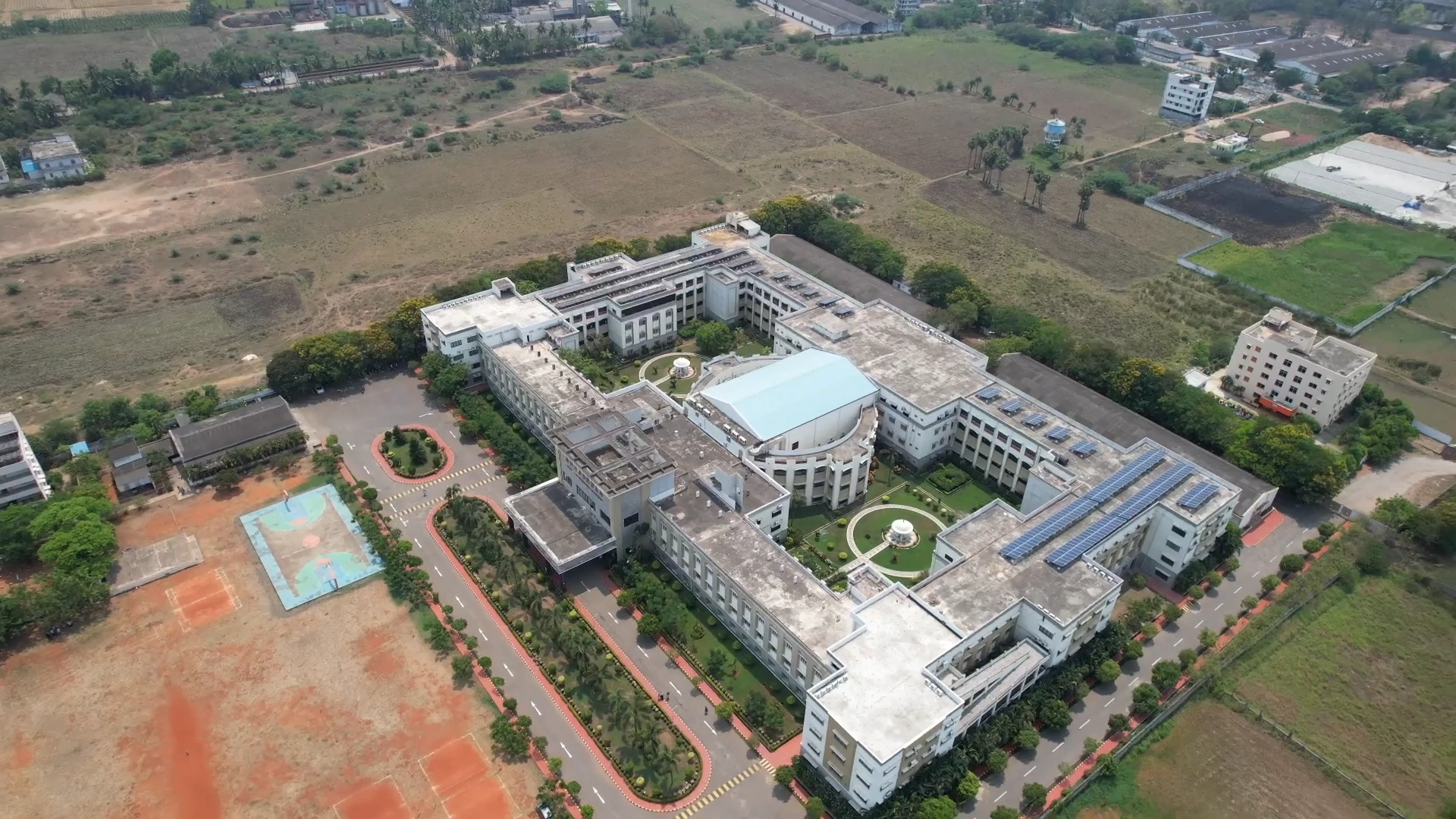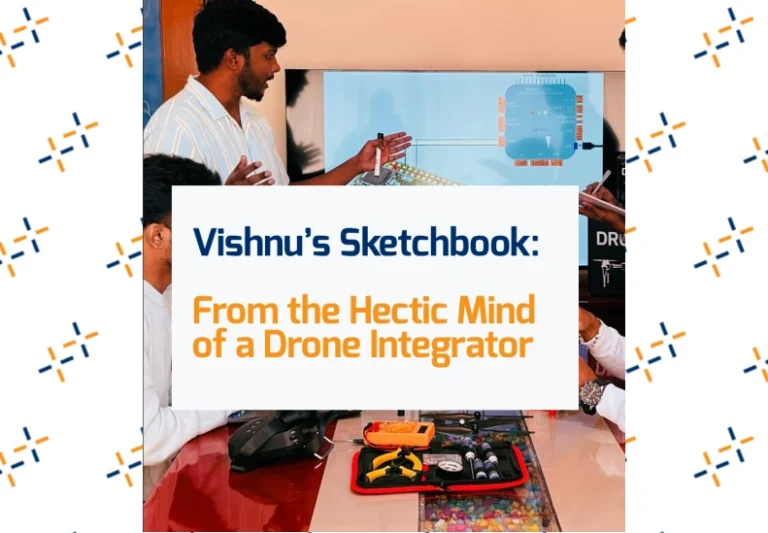
Case Studies
Quadcopters, a subset of unmanned aerial vehicles (UAVs), rely heavily on precise sensor integration, calibration, and tuning mechanisms for achieving autonomous operation. These components ensure stability, accurate navigation, and reliable obstacle avoidance. Autonomous operation is a complex interplay of hardware, software, and mathematical algorithms. By understanding the role of each element in detail, engineers can optimize the performance of quadcopters for various applications, such as surveillance, delivery, and mapping. This case study delves deeply into the significance of sensor integration, calibration, PID tuning, and the Extended Kalman Filter (EKF), explaining their principles, applications, and interdependencies.
Quadcopters, a subset of unmanned aerial vehicles (UAVs), rely heavily on precise sensor integration, calibration, and tuning mechanisms for achieving autonomous operation. These components ensure stability, accurate navigation, and reliable obstacle avoidance. Autonomous operation is a complex interplay of hardware, software, and mathematical algorithms.

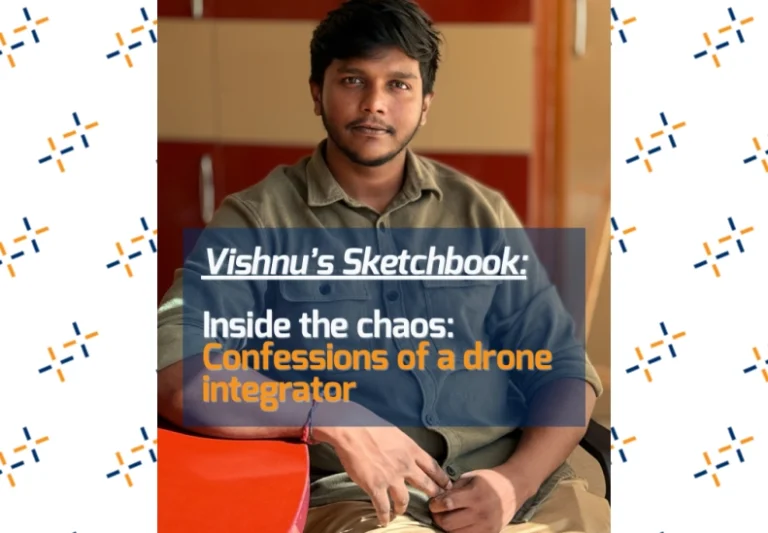
Vishnu’s Sketchbook: Inside the chaos: Confessions of a drone integrator
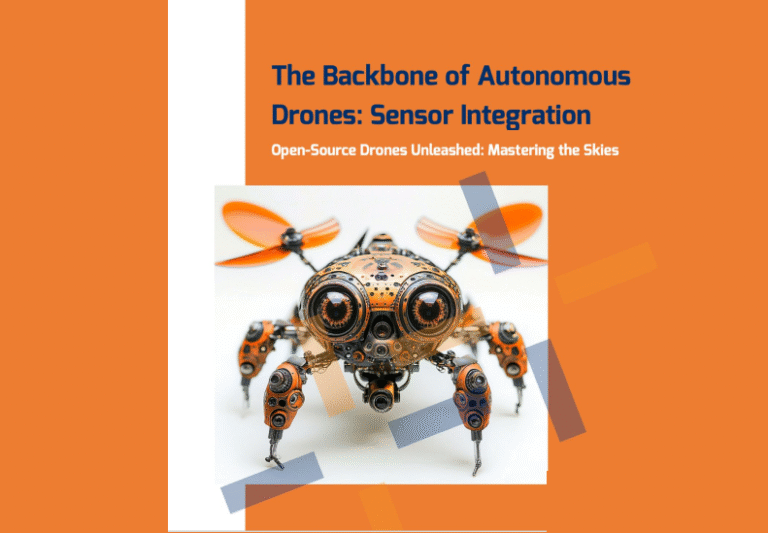
The Backbone of Autonomous
![Banner Image [1]](https://www.dronacharyatech.com/wp-content/uploads/2025/10/Banner-Image-1-768x533.png)
The Secret to Smooth Flight
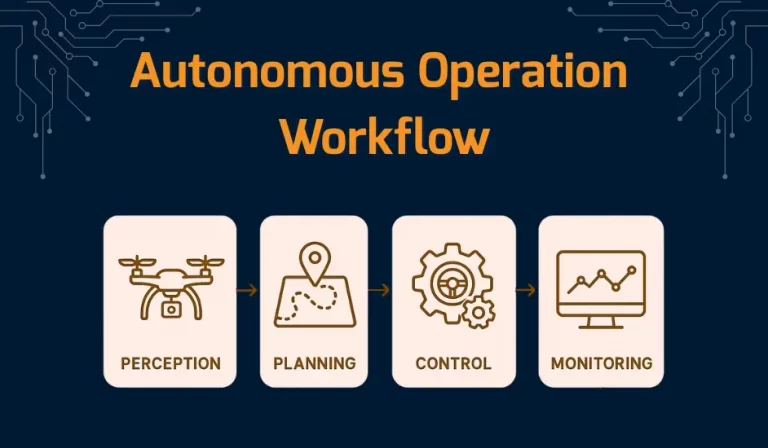
Autonomous Operation Workflow

Extended Kalman Filter (EKF)

Conclusion
Quadcopters, a subset of unmanned aerial vehicles (UAVs), rely heavily on precise sensor integration, calibration, and tuning mechanisms for achieving autonomous operation. These components ensure stability, accurate navigation, and reliable obstacle avoidance. Autonomous operation is a complex interplay of hardware, software, and mathematical algorithms. By understanding the role of each element in detail, engineers can optimize the performance of quadcopters for various applications, such as surveillance, delivery, and mapping. This case study delves deeply into the significance of sensor integration, calibration, PID tuning, and the Extended Kalman Filter (EKF), explaining their principles, applications, and interdependencies.
Future Scope
Emerging advancements such as AI-based sensor fusion, adaptive PID tuning, and next-generation IMUs will further revolutionize quadcopter autonomy. These innovations promise smarter, more efficient UAVs capable of tackling increasingly complex missions with minimal human intervention.
